Sremska Mitrovica: Surviving history
Tuesday, 11.04.2006.
11:25

Sremska Mitrovica: Surviving history
Lying on the left bank of the Sava River, the town is better known for the name it bore in antiquity – Sirmium. Already at the time of the Roman conquest (around 10 AD) there was a settlement here that quickly grew in importance and obtained the status of a Roman colony under Emperor Domentian (81-96 AD). It was used as a temporary seat of emperors during their wars with the barbarians over the Danube. The 3rd and 4th centuries were the glory days of Sirmium: emperors such as Trajan Decius, Aurelian, Probus or Maximian were born in the town or its vicinity and many more Roman rulers spent time here. The town had public baths, an opulent imperial palace and a hippodrome, considered to be one of the largest in the Roman world. In the time of Diocletian’s partition of the Empire it became one of the four capitals and the seat of Caesar Galerius.The town was also famous for its Christian martyrs such as Bishop Irenaeus and his Deacon Demetrios who were beheaded on the bridge over the Sava River in 304 AD. In the course of this whole century, in which Orthodox Christianity fought for predominance against paganism and the Arian heresy, several councils were convoked here to discuss the controversies. Although it was well fortified, Sirmium was taken by barbaric Goths and was later plundered by the Huns in 441.
Despite having a diminished importance , the town survived and in the next century it became the capital of the Gepid state. After a short spell under the Byzantine Empire, Sirmium met its doom in 582 when it was captured and destroyed by Avars and Slavs after a three-year siege. Over the next three hundred years the town fell into obscurity; one thing was preserved, however: the Latin name Sirmium was transformed by the Slavs to Srem and the whole surrounding region was given name. With the conversion of the Slavs to Christianity in the 9th c. this prestigious place once again became the seat of an eparchy with a monastery dedicated to St. Demetrios. In the 11th and 12th centuries it changed hands between Byzantines and Hungarians, the latter being ultimately victorious. Although Hungary was a Catholic state, the Orthodox monastery, sustained by Greek and Slav monks, held its own here well into the 14th c.


Nearby lies the old Church of St. Steven (stara crkva Svetog Stefana). This interesting building dates back to the 16th c. and is the oldest place of worship in the town. Since it was built during Ottoman rule, it had to keep a low profile and modest exterior. The small wooden baroque bell tower was added later. After W.W. II it was transformed into a Museum of Church Art, but now once more serves its original purpose as a place of worship. Apart from its meticulously carved iconostasis from the 18th c. with paintings by Teodor Kračun, it also boasts a collection of icons, books and other church artifacts.
The Museum of Srem is located in two buildings. The first one is in 2 Pinkijeva St, opposite Hotel “Sirmium”, and it houses a collection of applied art, icons and paintings (18th-20th c.). The other part, which encloses a more interesting Roman collection is placed in fine 18th c. mansion that once belonged to the Bajić family (15 Svetog Stefana St, tel. 022/223-245, open Tue-Fri from 8 a.m. to 8 p.m., weekends 9 a.m.-1 p.m.).

There are several interesting edifices built in the late 18th and early 19th c. near by. The Lieutenant Colonel’s Quarters at the corner of Svetozara Markovića St. and Ćire Miletića Square has an austere, military look typical of the style applied to these kinds of building during the period when the town was under military jurisdiction. The 18th c. Court Building and the building of the Main Guards in Pinkijeva St. are built in a similar style with somewhat richer decorations of the façades.
Source: www.serbiainyourhands.com


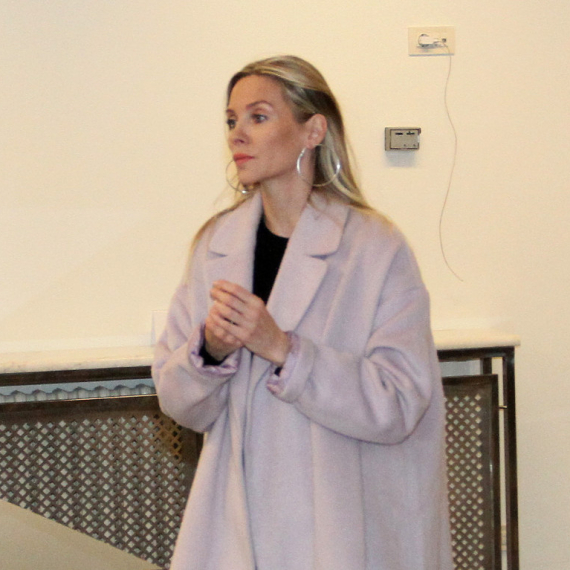

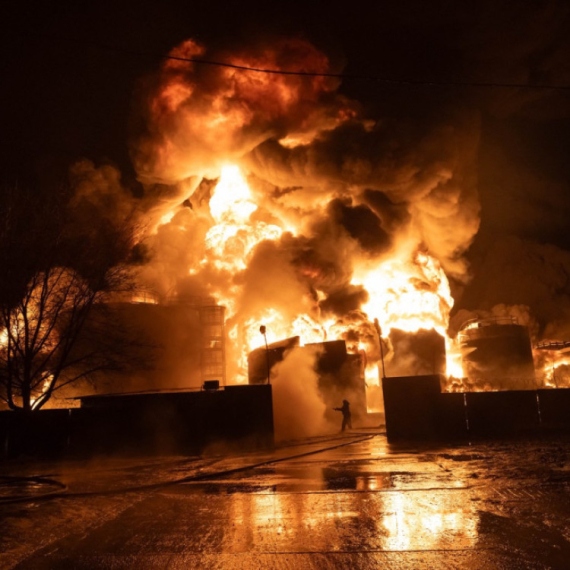
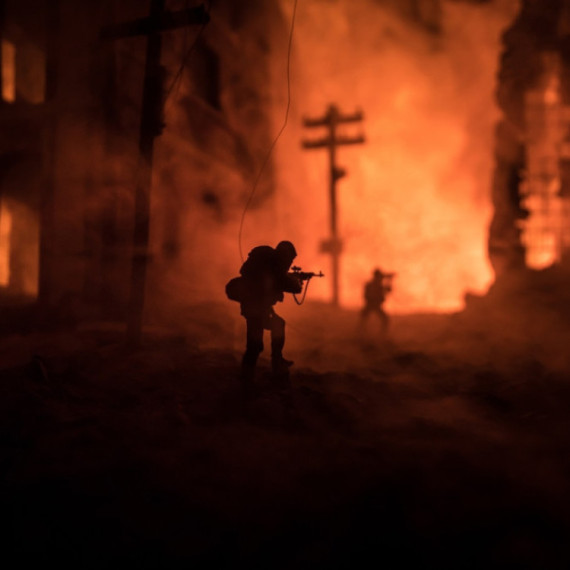
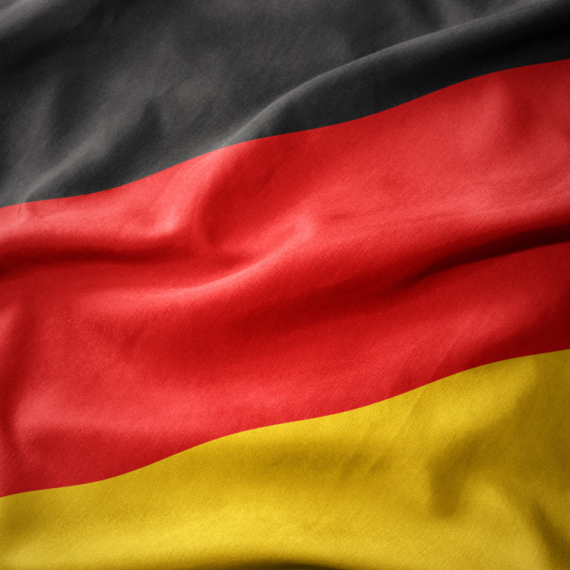



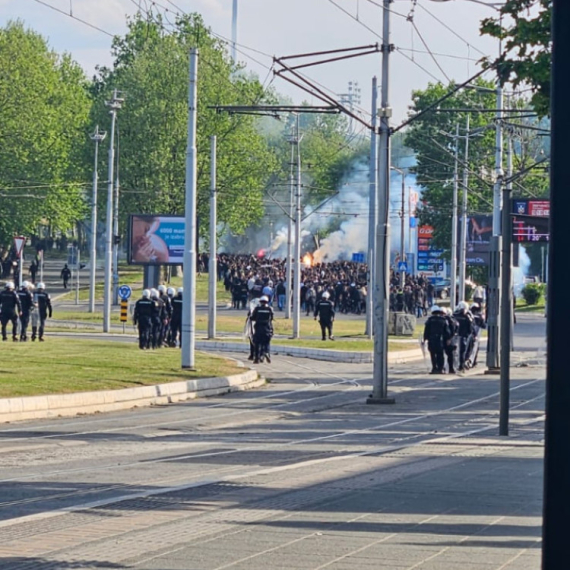
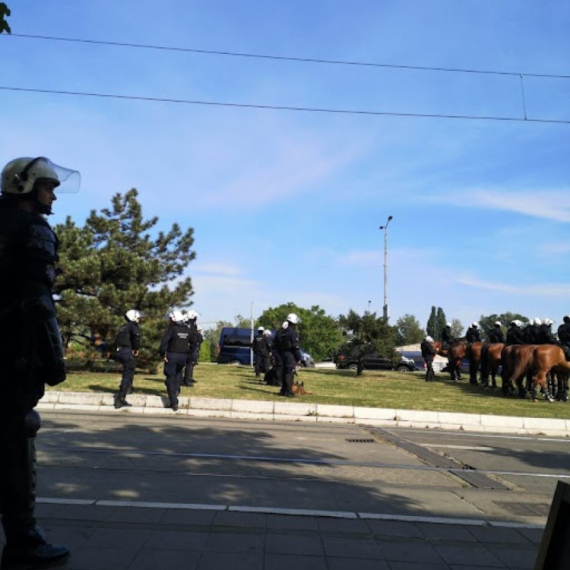
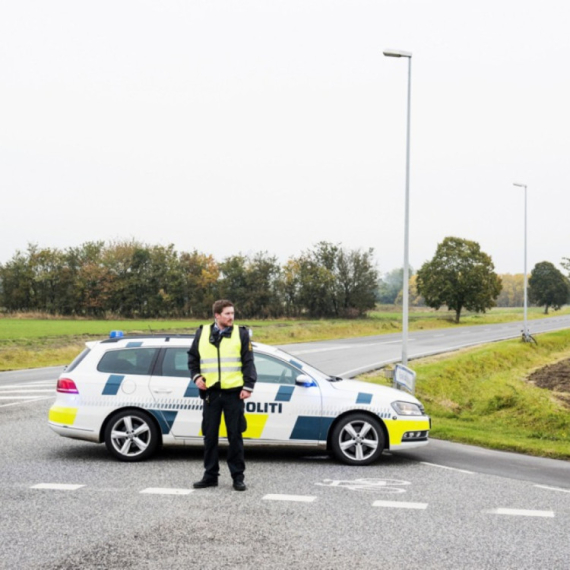
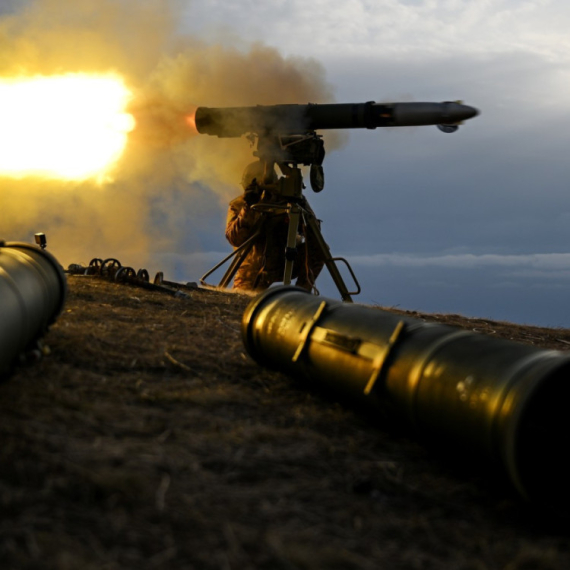



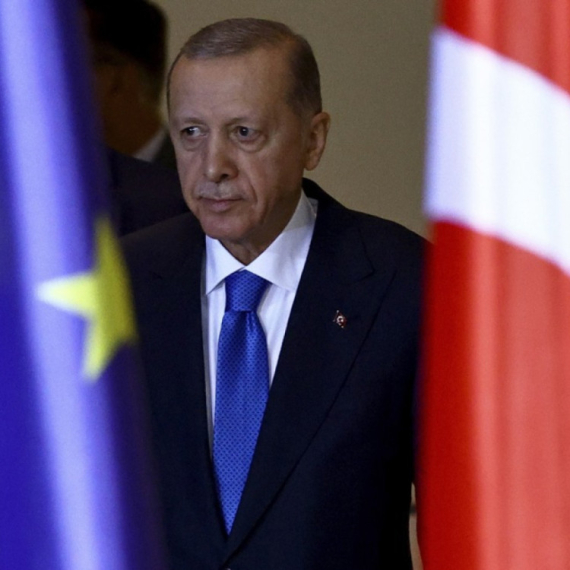
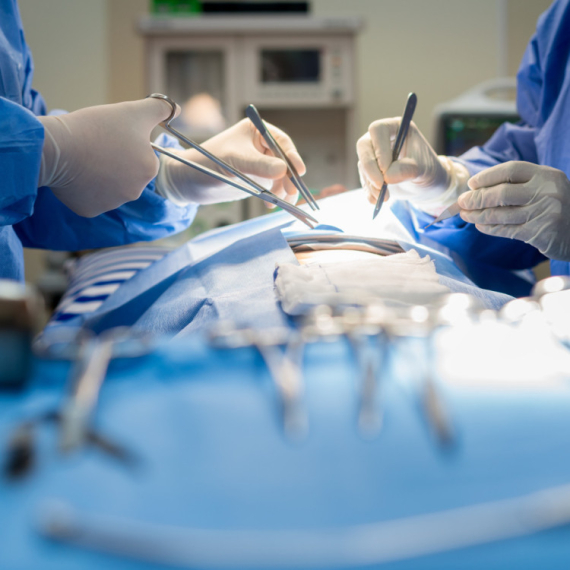


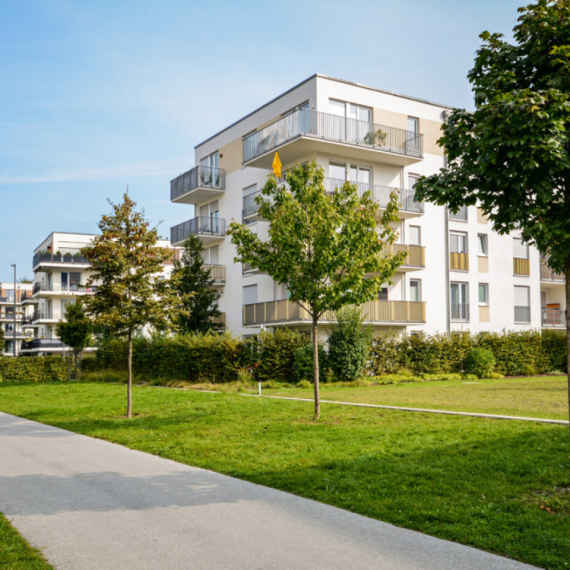
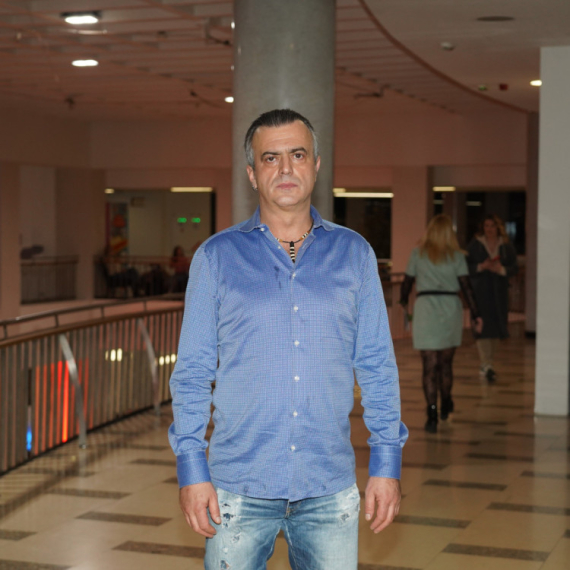






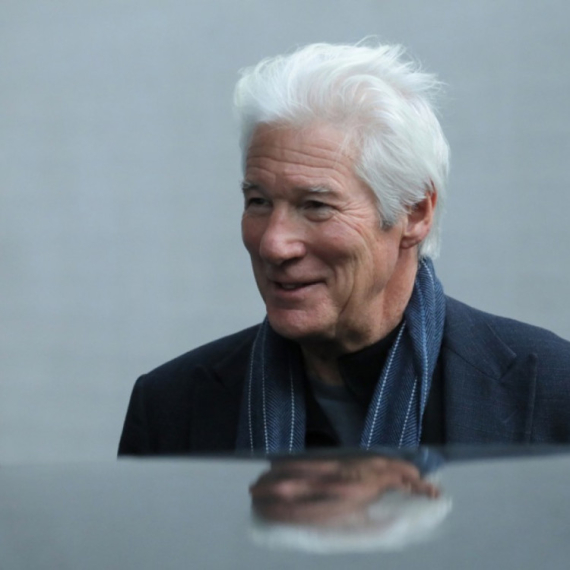







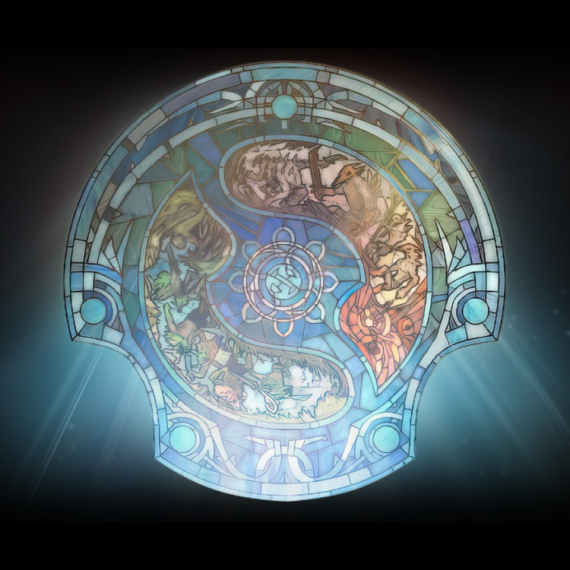

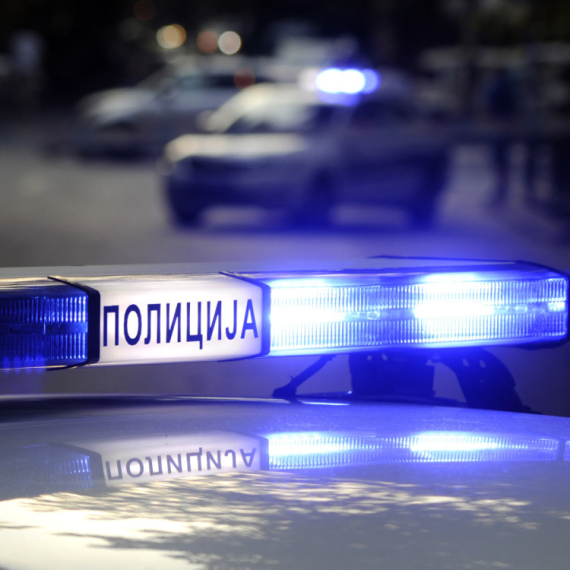
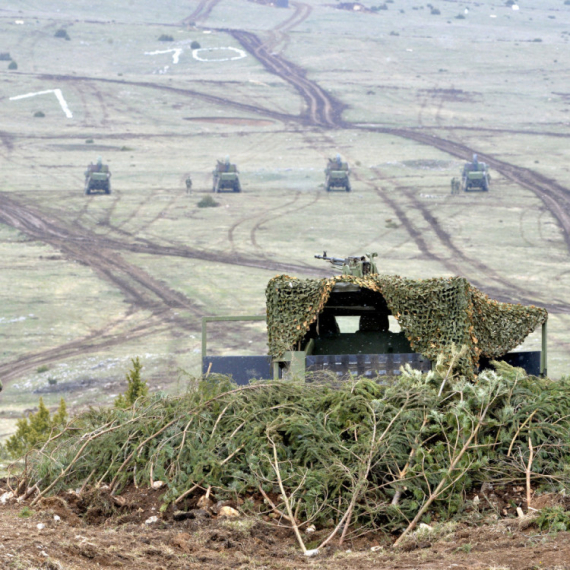
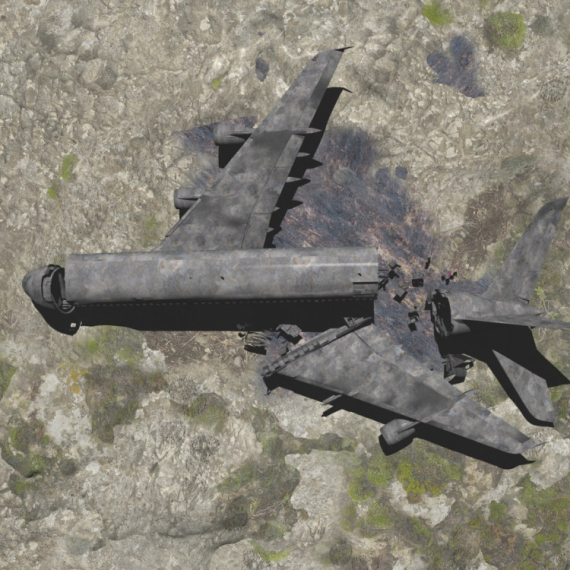

















Komentari 3
Pogledaj komentare